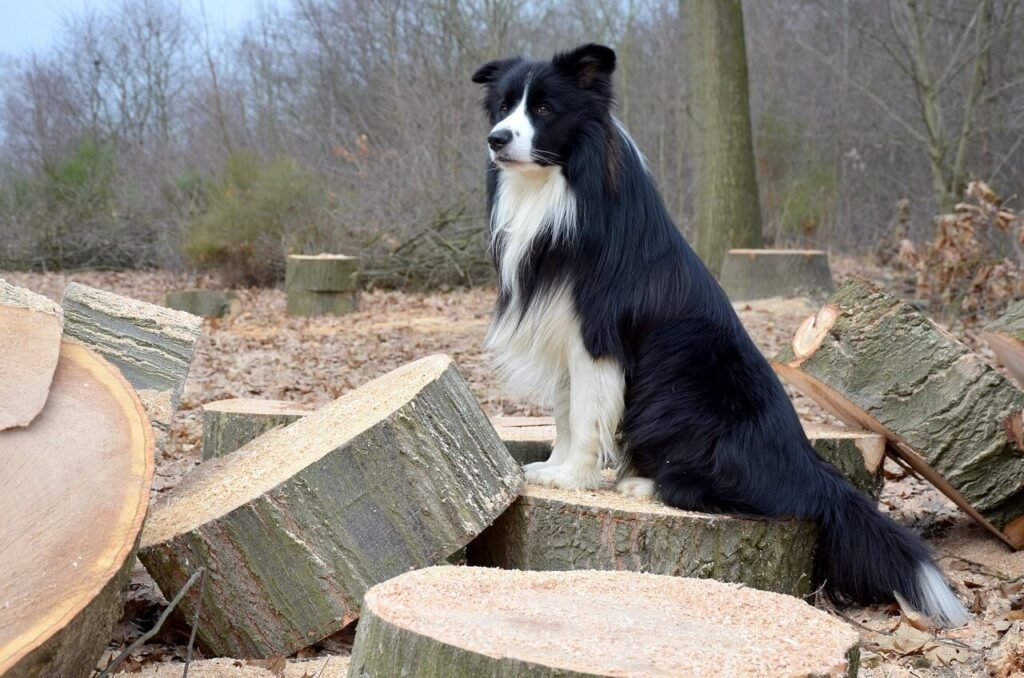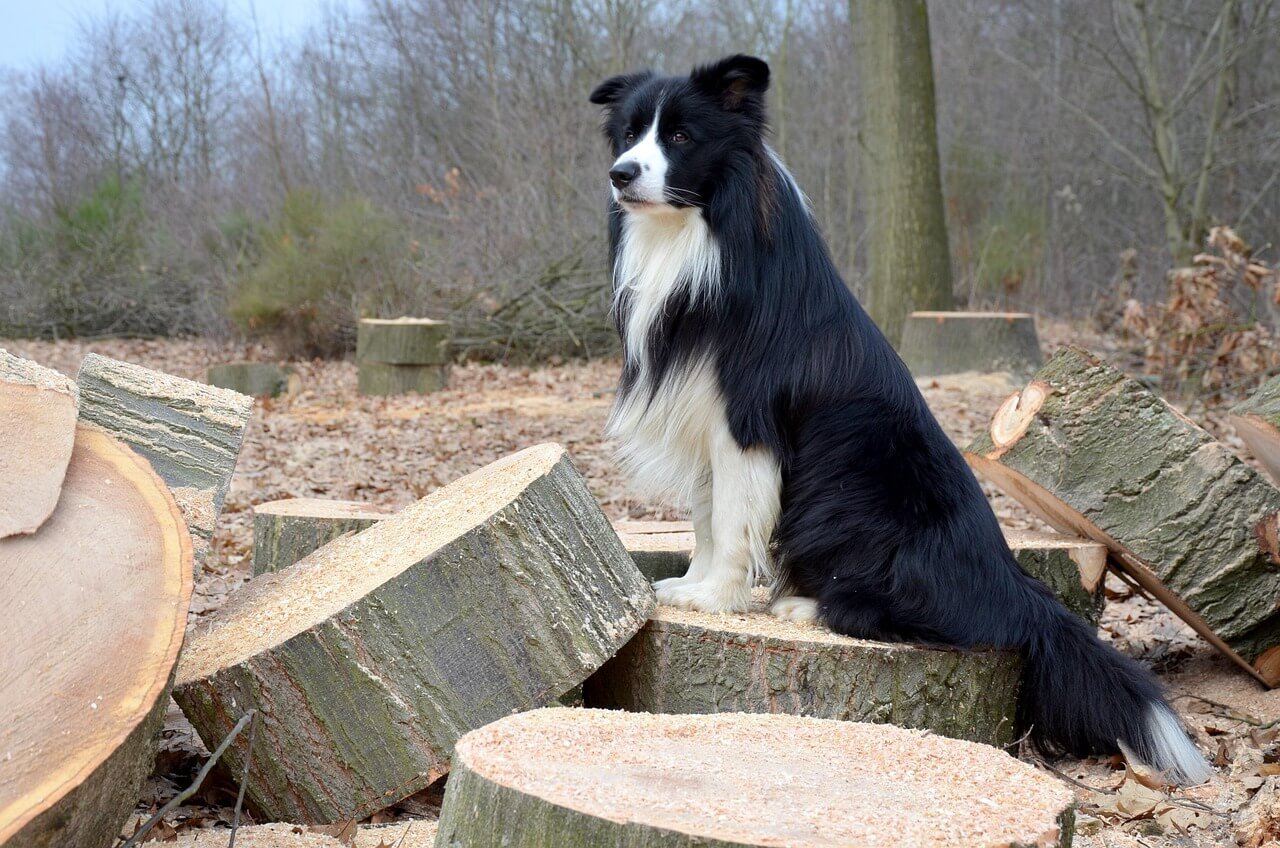Why Is My New Dog Aggressive Towards My Resident Dog?
Bringing a new dog into your home can be an exciting experience, but it also comes with challenges—especially when aggression arises between the newcomer and your resident dog. This behavior can be stressful for both you and your pets, but understanding the root causes and learning how to manage it can make all the difference. In this blog post, we’ll explore why a new dog might act aggressively toward your resident dog, provide actionable tips to address the issue, and help you foster a peaceful relationship between your furry companions.
Common Reasons for Aggression Between Dogs
Aggression between a new dog and a resident dog often stems from misunderstandings or competition. Identifying the underlying cause is the first step toward resolving the issue.
Territorial instincts may drive your resident dog to feel protective of their space and resources.
The new dog might feel insecure or threatened in an unfamiliar environment.
A lack of proper introductions can lead to fear-based aggression or misunderstandings.
Differences in energy levels or play styles can cause friction between the two dogs.
Past experiences, such as trauma or negative interactions, may influence how each dog responds to the other.
Understanding these factors can help you approach the situation with empathy and patience, setting the stage for a harmonious relationship.
Signs of Aggression to Watch For
Recognizing the signs of aggression early can prevent escalation and ensure the safety of both dogs. Here are some behaviors to look out for:
Growling, snarling, or baring teeth during interactions.
Stiff body posture or raised hackles indicating tension.
Lunging or snapping at the resident dog without provocation.
Resource guarding, such as food, toys, or sleeping areas.
Persistent staring or intense eye contact that signals a challenge.
If you notice any of these behaviors, it’s crucial to intervene calmly and seek professional guidance if needed. Early intervention can prevent minor conflicts from becoming serious issues.
Check this guide 👉Should I Get Another Dog? Best 7 Expert Tips!

Preventive Measures for Aggression | Steps to De-escalate Conflicts |
|---|---|
Introduce dogs in a neutral location | Separate the dogs immediately if aggression escalates |
Use positive reinforcement for calm behavior | Redirect attention with toys or treats during tense moments |
Supervise all initial interactions closely | Avoid punishing either dog, as it can increase tension |
Provide separate spaces for resting and eating | Gradually reintroduce the dogs after cooling-off periods |
Ensure both dogs get equal attention and affection | Consult a professional trainer for persistent issues |
Tips for Managing Aggression Between Dogs
Managing aggression requires consistency, patience, and a proactive approach. Here are some tips to help you navigate this challenging situation:
Establish clear boundaries and routines to reduce uncertainty for both dogs.
Reward calm and friendly behavior with treats, praise, or playtime.
Avoid forcing interactions; let the dogs approach each other at their own pace.
Use baby gates or crates to create safe zones where each dog can retreat if needed.
Rotate toys and resources to minimize competition over possessions.
By implementing these strategies, you can create a supportive environment that encourages positive interactions and reduces tension.
How to Reintroduce the Dogs Safely
If initial introductions didn’t go well, don’t worry—it’s never too late to try again. A structured reintroduction process can help rebuild trust and ease tensions.
Start by walking the dogs together on leashes in a neutral area, keeping a safe distance between them.
Allow them to sniff each other briefly before separating them again.
Gradually decrease the distance between the dogs as they become more comfortable.
Use high-value treats to reward calm and non-aggressive behavior during interactions.
Monitor body language closely and end the session if either dog shows signs of stress or aggression.
Reintroducing the dogs slowly and patiently can lay the foundation for a healthier relationship over time.
Reducing Stress for Both Dogs
Managing aggression often involves reducing stress levels for both the new dog and the resident dog. A calm environment can help them feel more secure and less reactive toward each other.
Provide separate resting areas where each dog can retreat without feeling threatened.
Use calming aids like pheromone diffusers or calming supplements to ease anxiety.
Stick to a predictable routine for feeding, walks, and playtime to create stability.
Avoid overwhelming either dog with too many changes at once.
Gradually increase the time they spend together as their comfort levels improve.
By minimizing stressors, you can create an atmosphere that encourages positive interactions and reduces tension.
Building Positive Associations
Creating positive associations between the two dogs is key to fostering trust and reducing aggression. This process requires patience and consistency but can yield long-term benefits.
Reward both dogs with treats or praise whenever they’re calm in each other’s presence.
Engage them in activities they enjoy, such as walking or playing, but keep them separated initially.
Feed them in separate areas while gradually bringing their bowls closer over time.
Use toys or games to distract and redirect attention during tense moments.
Pair interactions with enjoyable experiences, like short training sessions or cuddle time.
Building these positive associations helps shift their perception of each other from rivals to companions.
When Professional Help Is Necessary
If the aggression persists despite your best efforts, it may be time to seek professional guidance. Experts can provide tailored strategies to address even the most challenging situations.
Consult a certified dog trainer or behaviorist who specializes in aggression issues.
Attend group training classes to socialize both dogs under professional supervision.
Consider behavioral therapy to address underlying fears or anxieties.
Follow the professional’s recommendations consistently to see improvement.
Be patient and open-minded about trying different approaches if needed.
Professional support can make a significant difference, especially in cases where aggression poses a risk to safety or well-being.
Frequently Asked Questions About Dog Aggression
Why is my new dog aggressive toward my resident dog?
Aggression often stems from territorial instincts, insecurity, or poor introductions. Identifying the cause is key to resolving the issue.
How long does it take for dogs to adjust to each other?
Adjustment times vary, but most dogs need a few weeks to months to form a stable relationship.
Should I punish my dogs for fighting?
Punishment can escalate tension. Instead, focus on positive reinforcement and conflict prevention.
Can neutering/spaying help reduce aggression?
While it may reduce hormone-driven aggression, it won’t eliminate learned or fear-based behaviors.
When should I consult a professional trainer?
Seek help if aggression persists despite your efforts or poses a risk to the safety of either dog.
Building a Peaceful Relationship Between Your Dogs
Dealing with aggression between a new dog and a resident dog can be challenging, but it’s not insurmountable. By understanding the causes, recognizing warning signs, and implementing effective strategies, you can guide your dogs toward a harmonious coexistence. Patience, consistency, and professional support when needed are key to fostering a loving bond between your furry family members. Remember, every dog deserves a chance to thrive in a safe and supportive environment—and with the right approach, you can make that a reality.
Understanding Scabs in Dogs Ears: Best 7 Tips! Learn how to identify, treat, and prevent scabs in your dog’s ears for optimal ear health.
Is Cinnamon Bad for Dogs? Best 7 Health Tips! Discover safe ways to use cinnamon, risks to avoid, and expert advice to keep your dog healthy.
Can Dogs Get Pneumonia from Humans? Best 7 Tips! Learn how to protect your dog, understand transmission risks, and ensure their respiratory health.
Can Dog Urine Make You Sick? Best 7 Health Tips! Learn how to stay safe, prevent illness, and handle exposure to dog urine effectively.





